Choosing a fertilizer for feeding peppers after planting
Pepper is one of the most popular crops in garden plots. This plant requires constant care, which includes watering, picking and feeding. To get a harvest, you need to know how to fertilize the pepper after planting.
Most of the plant components are obtained from the soil. Watering with special solutions containing organic and mineral substances helps to compensate for their lack.
How to fertilize peppers immediately after planting
After planting, the peppers need regular watering. For this, a weak solution of mineral fertilizer containing potassium is used. At first, 1 tbsp is enough for plants. l. ash-based solution or azofoski... After 14 days, the intensity of watering is increased.
The first full dressing is done 2 weeks after planting the plants in a permanent place. During this period, the seedlings will be able to adapt to new conditions. Organic and mineral fertilizers are used for feeding.
Organic feeding
Mullein is a universal fertilizer for vegetable crops. It contains a complex of nutrients that ensure plant development:
- nitrogen;
- magnesium;
- potassium;
- phosphorus;
- calcium.
Advice
Mullein is used as a solution consisting of 10 parts of water and 1 part of fertilizer.
Fresh mullein contains uric acid and burns the root system of peppers. The solution should be infused for a week to avoid negative effects on plants.
Another type of feeding is the use of bird droppings. It is diluted in water (proportions - 1:15) and used for irrigation. To activate the effect of nutrients, the solution is insisted for two days.
To provide the peppers with nitrogen, an infusion is prepared based on nettle or other weeds. To do this, fresh grass is crushed, after which a container is filled with it by 2/3 of its volume. The resulting mixture is filled with water and infused for a week. The finished solution is diluted by half with water and used for spraying.
Ash is a universal fertilizer for peppers. It is obtained by burning wood and other parts of plants. Ash contains phosphorus, calcium and other minerals that support the growth of peppers. It is introduced into the soil between the rows of peppers, after which it is embedded in the soil by loosening. A solution can be prepared on the basis of ash. 10 liters of water will require 2 glasses of this substance. The tool is left for 3 days, after which it is filtered and included in watering.
Mineral dressing
Replenishing peppers with minerals allows you to control the rate of introduced substances. For irrigation, a solution is prepared from the following components:
- superphosphate - 40 g;
- ammonium nitrate - 40 g;
- potassium sulfate - 20 g;
- water - 10 liters.
Advice
Use protective equipment when handling fertilizers. Substances must not enter the skin or respiratory system.
It is imperative to comply with the norms of all components. An overabundance of minerals negatively affects the development of peppers. It is especially important to control the supply of nitrogen, which, in excess, provokes the growth of leaves and stems.
Top dressing is done by watering. Morning or evening is chosen for processing, when there is no direct sunlight. First you need to water the soil well. This promotes the distribution of mineral components in the soil.
How to fertilize pepper for the ovary after planting
The second time the peppers are fed 14 days after the first treatment. During this period, fruit ovaries are formed.It is best to alternate between different types of fertilizers. If minerals were initially introduced, then in the future the peppers after planting will need organic feeding.
Complex feeding
Complex feeding, which combines several types of fertilizers, is especially effective for plants. It is prepared on the basis of the following substances:
- rotted manure - 1 bucket;
- urea - 1 glass;
- bird droppings - ½ bucket.
The resulting mixture is poured with water, mixed and infused for a week. For irrigation, you need ½ bucket for every 1 sq.m.
If the leaves of the plants have acquired a dark green color, and the stems have become more fragile, then phosphorus and potassium must be added to the soil. In this case, the nitrogen intake must be reduced.
You can prepare a solution from the following components:
- potassium sulfate - 1 tsp;
- superphosphate - 1 tbsp. l .;
- water - 10 liters.
Such feeding promotes the formation of an ovary and has a positive effect on the palatability of the fruit.
Yeast solution
Baker's yeast contains protein, amino acids, iron, nitrogen, and other trace elements. Thanks to the presence of beneficial bacteria, yeast can improve the composition of the soil.
Yeast treatment has a complex effect on plants:
- increases endurance;
- stimulates growth;
- strengthens the roots;
- destroys harmful microorganisms.
A complex of substances is used to feed peppers:
- dry yeast - 10 g;
- ash - 0.5 l;
- sugar - 5 tbsp. l .;
- chicken droppings - 0.5 l;
- water - 10 liters.
The components are mixed and left for a week in a warm place. You need to fertilize the plants only after the heat is established, when the soil warms up well.
Advice
The resulting yeast solution is diluted 1:10.
When watering, the agent should not get on the leaves and stems of plants. The liquid is introduced into the soil between the rows with plantings. The result of feeding is noticeable after a few days. Peppers begin to actively grow and form ovaries.
Conclusion
To get a good crop of peppers, you need to provide them with complex feeding. Landing processing is carried out in two stages. First, organic fertilizers are applied to stimulate growth. They can be replaced with mineral supplements containing nitrogen, phosphorus and potassium.
The second treatment includes a complex of minerals contained in wood ash, manure and urea. At this stage, it is important to form the ovary of the peppers and ensure abundant fruiting. When working with fertilizers, the norms are strictly observed: it is important to avoid oversaturation of plants with microelements.
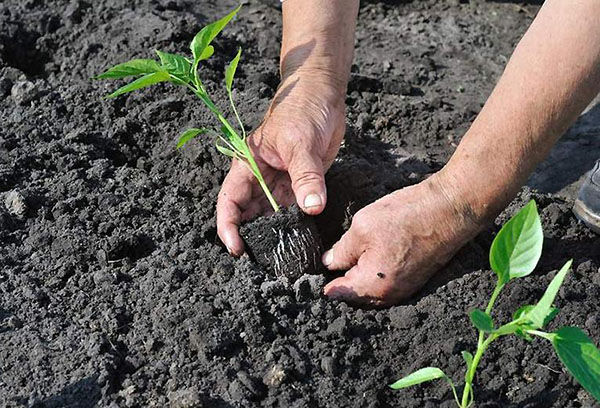
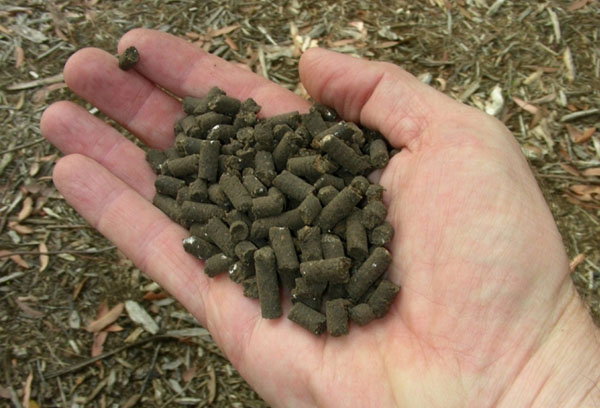
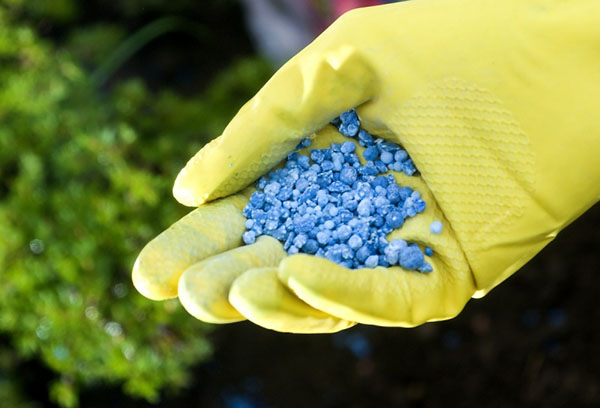
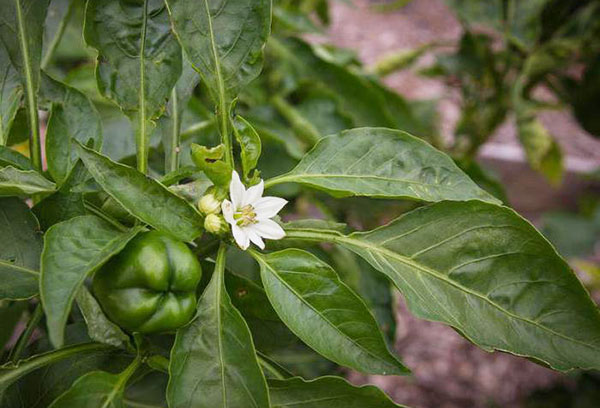
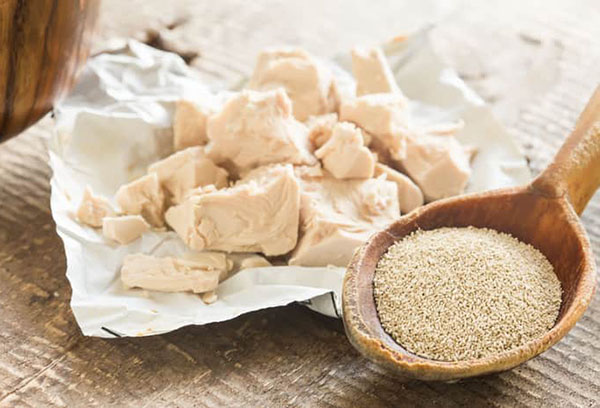
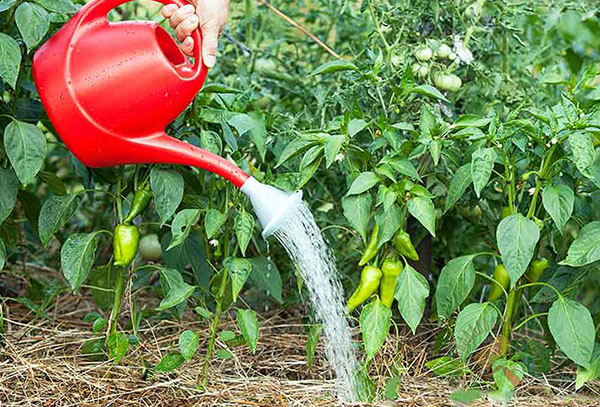
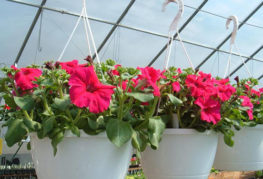
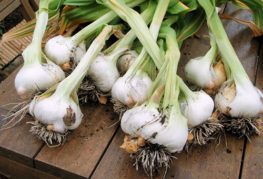

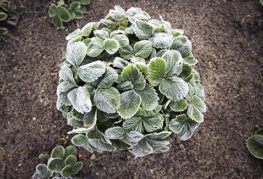
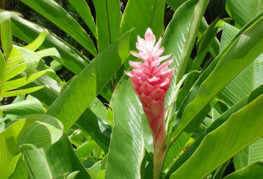
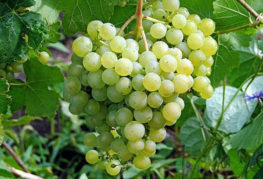
and will be published shortly.